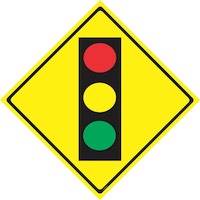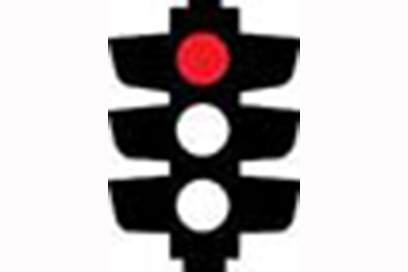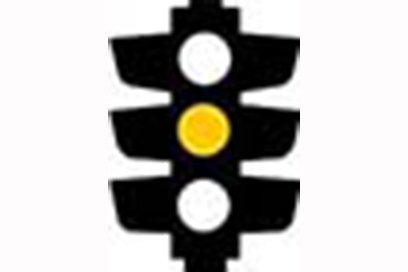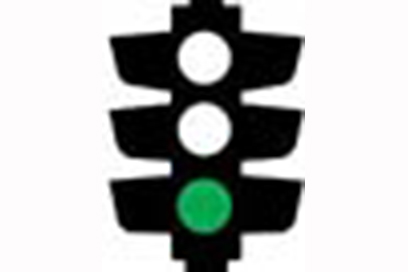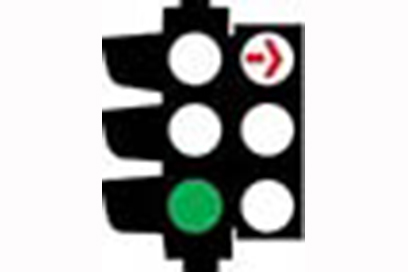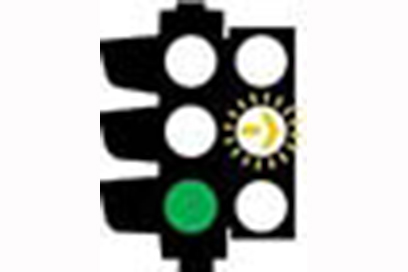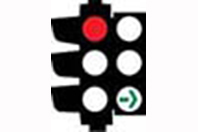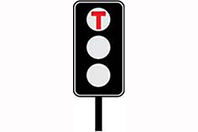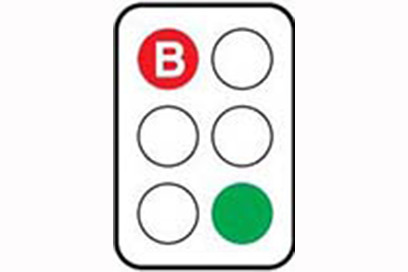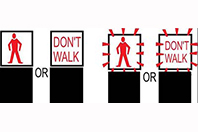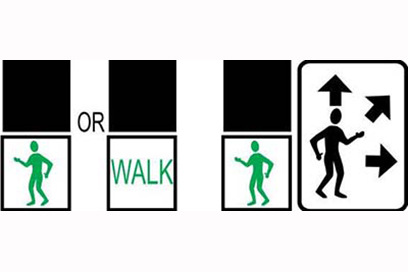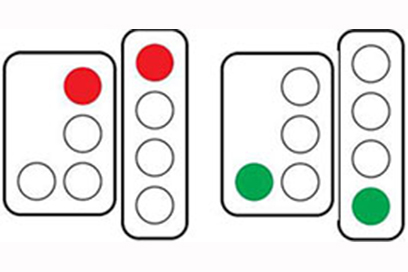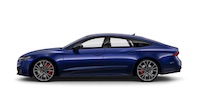Traffic lights are controlling and signaling devices placed on the road intersections, pedestrians crossing, and other places to guide, warn, and control the flow of traffic of vehicles, bicycles, pedestrians, and other road users.
Traffic lights are usually red, yellow, and green, from top to bottom or from left to right. At some intersections, there are red, yellow, or green lights. Some traffic lights are stationary, others flash. Some are round in shape, and some have arrows. State law commands that if traffic lights are out of service or do not work correctly. At that time, when you arrive at an intersection, you should come to a stop, as you would for a stop sign. It would be best if you continued according to the rules of right-of-way unless you are told to drive by a traffic officer.
